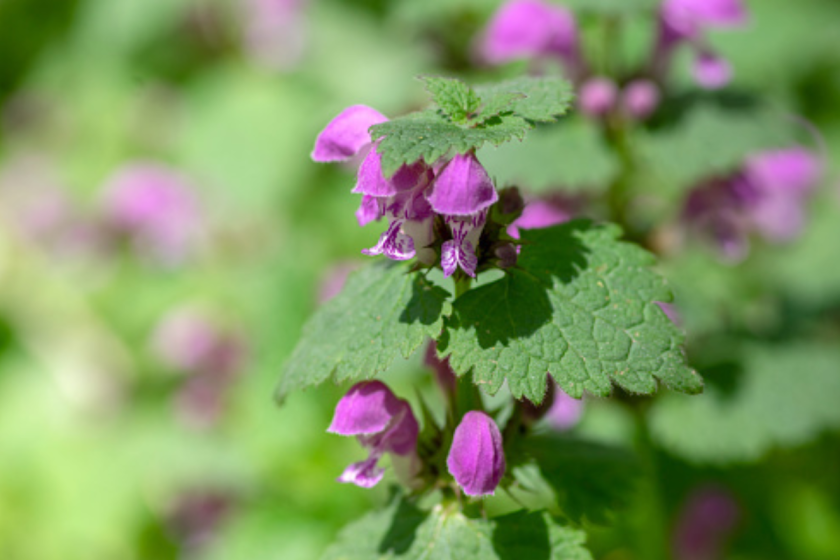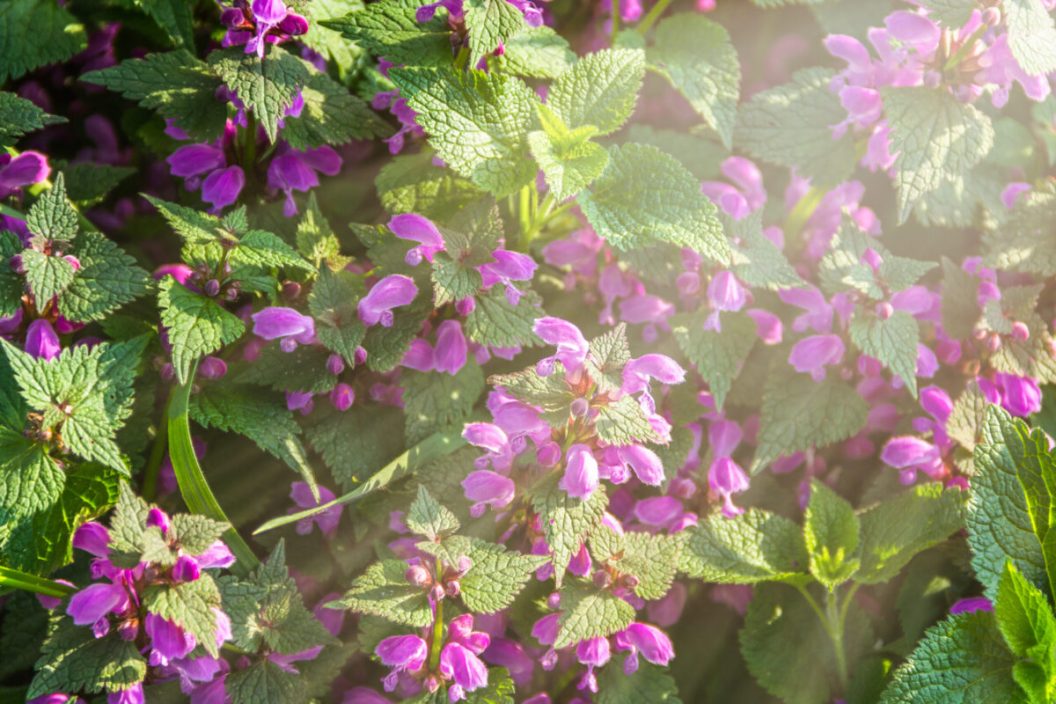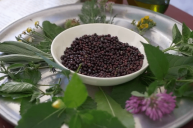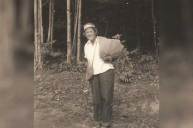Branch reach out and snag your leg? Slice your finger on a jagged rock? Any number of scrapes and scratches can happen out on the trail, leaving you with some minor bleeding. While a first aid kit should be a staple in your hiking backpack, you may not always have it on hand. Thankfully, Mother Nature comes prepared with a handful plants that offer styptic properties, meaning they can control or stop bleeding. According to forager, herbalist, and author Laura Monnett, purple dead-nettle (Lamium purpureum) is perfect for healing minor wounds in the outdoors.
In a video shared to her TikTok, Laura explains how to use the plant. "You pinch off the stem, rub the leaves between your fingers or palms to release the juices," she explains. "Then apply the leaves directly to the cut and hold until the bleeding stops."
@rose_under_cypresses Reply to @zinniastor how to use Purple Dead Nettle (Lamium purpureum) to stop bleeding. #foraging #survivalskills #herbalism #survivaltips #camping #hiking #fishing #plantsoftiktok #plantmedicine #herbalmedicine #getoutside #cottagecore #edibleplants #edibleflowers
While many people look at this plant as "just a weed," it actually offers a lot of benefits. "Purple dead-nettle is also anti-inflammatory and antibacterial, which add to its benefits for a cut," Laura adds.
While purple dead-nettle isn't native to the U.S., it is commonly found throughout Tennessee, North Carolina, Michigan, Missouri, and many other states. A member of the mint family, this plant can grow 16 to 18 inches tall. The deep green leaves are closely stacked together and have a slightly furry appearance.

Getty Images
If purple dead-nettle doesn't grow in your area, plenty of other styptic plants can be found in nature. Goldenrod, yarrow, horsetail, and cayenne can all help stop bleeding wounds. Many of these plants are also known for their anti-inflammatory properties and other health benefits, and make a great substitute for a bandage if you get a minor scrape on th trail. Of course, once you get back to civilization, make sure you clean and dress your wounds properly.




